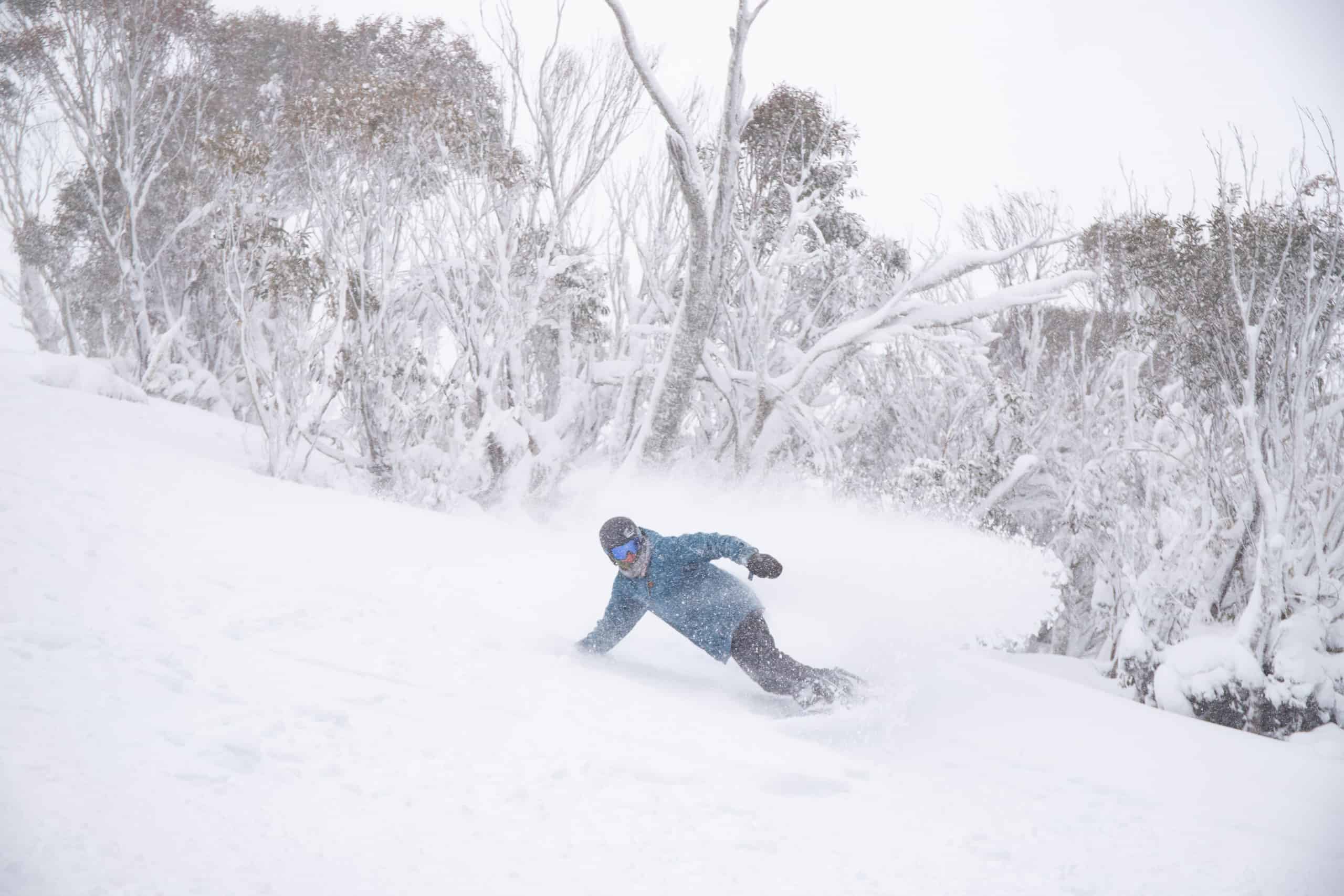Learn Which Regions Get the Most Snow In Australia During the Cold Season
Learn Which Regions Get the Most Snow In Australia During the Cold Season
Blog Article
Discover the Fascinating Impacts of Snow in Australia on Regional Environments
In spite of its reputation for sun-soaked landscapes, Australia additionally flaunts regions buried by snow-- a sensation that profoundly influences the country's one-of-a-kind environments. The protecting homes of snowflakes shield vegetation and animals among the coldest wintertimes, while the melting snow supports rivers and water life. However, the real marvel hinge on exactly how these icy conditions shape the nation's biodiversity and nutrient cycles. As we unwind this complex connection, we locate ourselves stepping on unexplored premises in Australia's high nation.
The Unanticipated Regions of Snowfall in Australia
The high country areas of New South Wales, Victoria, and Tasmania are especially known for their winter months snow. The Snowy Mountains in NSW, for instance, get abundant seasonal snow, providing a stark comparison to the country's normal hot, dry climate. The presence of snow in these areas considerably affects local environments, consequently influencing the nation's distinct biodiversity.

Exactly How Snow Impacts Australia's One-of-a-kind Vegetation
While it might seem unusual, snowfall in Australia plays a crucial function fit the country's special vegetation. The snow-filled winters foster strength in Australian plant species. This is especially noticeable in the sub-alpine and towering regions, where snow gum tissues and hill plum-pines grow. These plants have progressed to endure in severe problems, with snow acting as a safety blanket from freezing temperatures and harsh winds. The snow also adds to the moisture web content of the soil, providing needed hydration for plant throughout the completely dry summertime. Fundamentally, the snow influences the timing of blooming and seed dispersal, the growth rates, and the survival of several plant species, showcasing the detailed interplay between environment and vegetation in Australia.

The Adjustments of Australian Fauna to Snowfall
Simply as Australia's vegetation has adjusted to the wintery problems, the regional fauna too, show remarkable adjustments to the snowfall. Variety like the Hill Pygmy-possum, the only Australian marsupial understood to hibernate, have advanced methods to make it through in snowy atmospheres. It utilizes the snow as insulation, hibernating in rock crevices underneath the snow to stay warm. The Snow Skink, a species of reptile, Related Site transforms its colour to white during winter season, supplying camouflage against predators. Birds such as the Snowy Hills' Crimson Rosella also change their diet regimens to take in readily available food sources during cooler periods. Hence, despite the rough conditions, Australian fauna demonstrates a durable and adaptive nature, guaranteeing their survival in regions experiencing snowfall.
The Function of Snow fit Neighborhood Ecological Communities
Fit the local communities, the duty of snow in Australia is both extensive his response and multilayered. It influences the distribution of plants and animals, largely specifying the biodiversity of towering and sub-alpine areas. Snow gives an essential water resource, feeding rivers and reservoirs as it melts, hence sustaining a range of water life kinds. In addition, snow works as an insulator, securing ground-dwelling microorganisms from severe cold. It plays a substantial duty in dirt development and nutrient cycling. The regular freezing and thawing of soil induced by snowfall fosters the failure of rocks, enhancing soil fertility. The existence of snow forms the vegetation patterns, pet behavior, and overall sustainability of Australia's distinct ecosystems.

The Future of Snowfall in Australia: Implications and predictions

Given the critical role snow plays in shaping local ecological communities, the future of snowfall in helpful site Australia is drawing raising attention from scientists and ecologists. Present environment models forecast a substantial reduction in snowfall as a result of global warming, with possibly profound influence on regional environments. Much less snow might cause minimized water accessibility in alpine regions, negatively affecting wildlife habitats and plant life. It can change the timing of seasonal adjustments, interfering with the life cycles of several indigenous species. The tourist market, heavily reliant on the winter snow period, might additionally deal with substantial obstacles. Comprehending these predictions and their implications is important to create reliable conservation techniques, making certain the preservation of Australia's unique biodiversity and the sustainability of its economic situation.
Verdict
The duty of snow in Australia's communities is crucial yet frequently neglected. Hence, the snow in Australia is a lot more than an all-natural spectacle; it's a crucial gamer in the country's environmental narrative.
Despite its track record for sun-soaked landscapes, Australia also flaunts regions blanketed by snow-- a phenomenon that greatly affects the country's special ecosystems. It uses the snow as insulation, hibernating in rock gaps below the snow to remain warm - Does It Snow In Australia.In forming the local ecological communities, the role of snow in Australia is both multilayered and profound. The visibility of snow shapes the plants patterns, animal habits, and general sustainability of Australia's distinct environments
Offered the important function snow plays in shaping neighborhood ecological communities, the future of snowfall in Australia is drawing enhancing interest from scientists and environmentalists.
Report this page